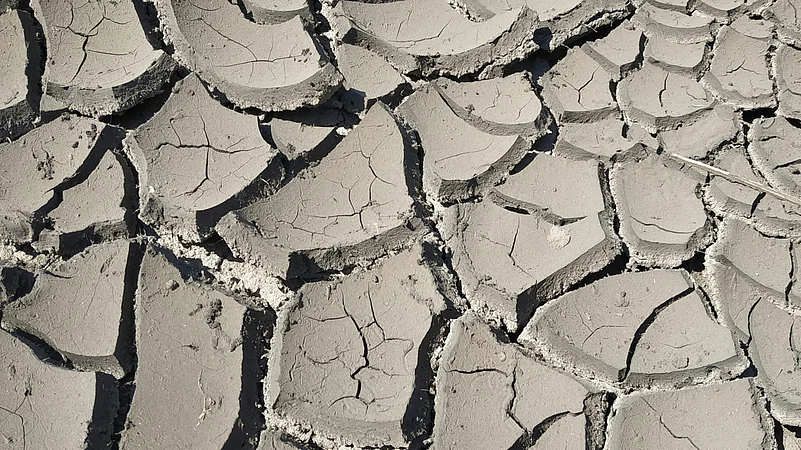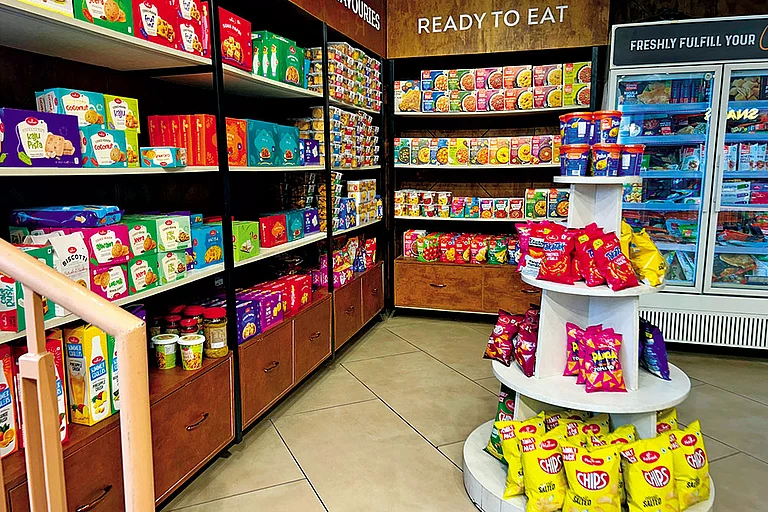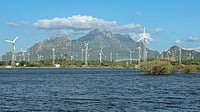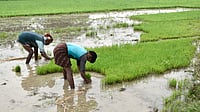According to a study published in the journal Science on April 17, soil pollution from heavy metals and metalloids considerably reduce crop yields and contaminate global food supplies.
The study found that between 14% and 17% of the world’s agricultural soils exceed safe thresholds for at least one toxic metal in cropland areas. This contamination affects an estimated 900 million to 1.4 billion people living in high-risk regions.
Conducted by Deyi Hou of Tsinghua University in China, the study assessed over 1,000 regional datasets, the study revealed that existence of heavy metals threatens ecosystems, public health and food security.
The research identified a high-risk zone in low-latitude Eurasia, including southern Europe, the Middle East, South Asia and southern China as heavily contaminated belt.
This belt coincides with geographical distribution of several ancient cultures, including ancient Greek civilisations, the Roman Empire, Persian culture, ancient India and Yangtze River Chinese culture. The study also underscored that a long history of human activities including mining, smelting and agriculture along with natural factors including metal-rich bedrock and low rainfall have caused the escalation of these pollutants in the soil.
Because metals do not degrade over time, this belt, as the study indicated, can be regarded as a key indicator of Anthropocene era pollution — evidence of how human activity is dominating the current face of planet.
Impact and Regional Hotspots
Soil pollution by toxic metals has considerable impacts on food production and food safety. The researchers estimated that 242 million hectares or 16% of global cropland, are affected by toxic metal exceedances.
Among the most at risk areas, southern China, northern and central India, and the Middle East are well documented elevated metal concentrations. However, data from Africa remains limited and further soil sampling is needed to confirm predictions.
The study also highlighted significant regional variations in soil contamination. Cadmium, the most widespread pollutant, exceeds safe levels in 9% of soils globally, with hotspots in northern and central India, Pakistan, Bangladesh, southern China, and parts of Africa and Latin America, reported DownToEarth.
The study further revealed that Nickel and chromium contamination is most prevalent in the Middle East, subarctic Russia and eastern Africa. Southern China, Southeast Asia, and West Africa comprise of Arsenic hotspots. Cobalt pollution, largely linked to mining, is particularly severe in Zambia, the Democratic Republic of the Congo and Ethiopia.
The researchers urged policymakers and farmers to take immediate action to protect the world’s precious soil resources, warning that if ignored, contamination from high-risk regions could spread through global food trade, further endangering food safety worldwide.






























